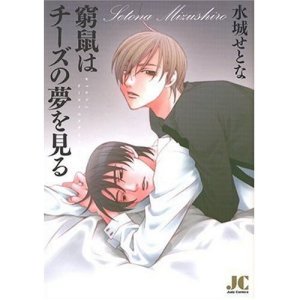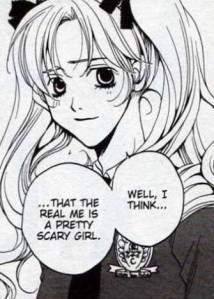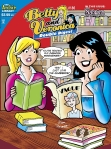The Reverse Thieves argue that, in One Piece, Nakama are Stronger than Justice.
Sam (A Life in Panels) Kusek continues his Straw Hat/Lantern Corps mash-up with a new look for that awesomely compassionate reindeer, Tony Tony Chopper.
ABCBTom gets political with a look at Baroque Works and Collective Action Problems.
The latest of animemiz’s scribblings contemplates matters … of epicness and greatness… Waters 7 to Thriller Bark.
Erica (Okazu) Friedman sidles up to the podium for the catchy number known as MMF: Un, Deux, Trois; the Friend’s Waltz in One Piece.



























